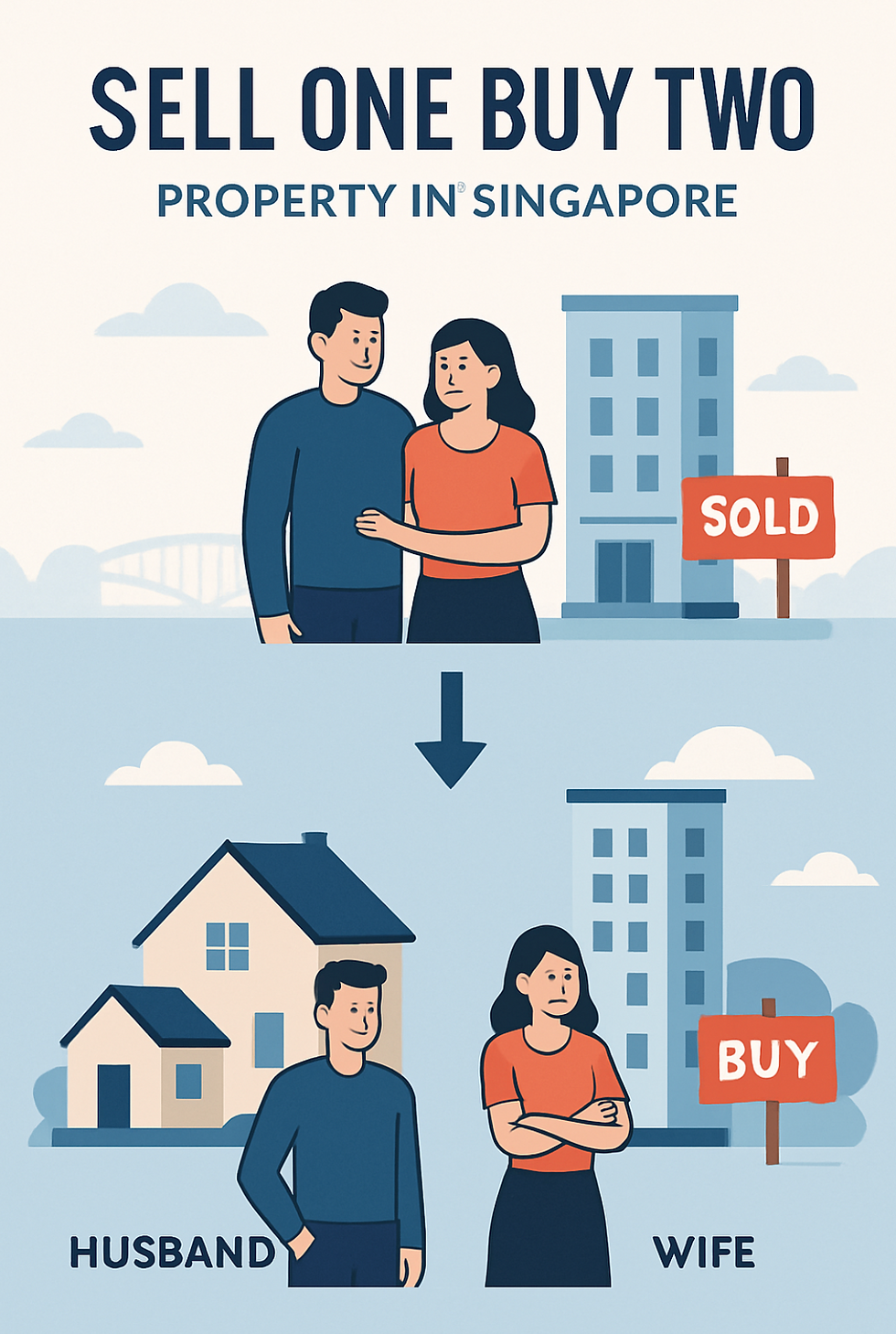How a Rapidly Ageing Population Is Affecting Singapore Property?
- chloekks
- Jun 5
- 3 min read

Changing Housing Demand: Smaller, Accessible Homes
As Singaporeans age, many are downsizing or planning ahead for retirement. This has led to increased interest in:
Smaller, low-maintenance units such as 2-bedroom condos and 3-room resale flats
Integrated developments near medical facilities, malls, and transport nodes
Senior-friendly flats designed with features like wider doorways, grab bars, and non-slip flooring
Projects like Community Care Apartments (CCA)—launched in Bukit Batok and coming soon in more towns—reflect the government’s response to this demographic trend. These are essentially public flats integrated with eldercare services, designed for seniors who want to age in place independently.
Demand is growing for compact, conveniently located, elder-friendly homes that balance lifestyle with accessibility.
Pressure on Older HDB Flats
An ageing population also means more older homeowners holding on to ageing flats—many of which are leasehold properties with decreasing value.
Over 300,000 HDB flats will be over 50 years old by 2030
Older owners may struggle to sell due to lease decay concerns
Younger buyers are becoming more cautious about long-lease properties
While SERS (Selective En bloc Redevelopment Scheme) helps renew some estates, it applies to a very small fraction of flats. This could lead to a softening of prices in older towns unless policies evolve.
Moreover, ageing homeowners may prioritise monetising their flat through the Lease Buyback Scheme or renting out rooms—putting more supply into the market.
Expect a growing number of older HDBs entering the resale market, potentially adding downward pressure on prices in certain segments.
Lifestyle-Driven Relocation & Retirement Housing
Many seniors are now relocating based on lifestyle rather than investment. Instead of staying in large family homes, some retirees are:
Moving closer to their children or healthcare facilities
Selling larger flats to fund retirement or cash out before leases run down
Opting for peaceful towns like Tengah, Punggol, or Woodlands with good amenities but lower costs
There's also a rise in interest in retirement housing abroad or private retirement villages—though still nascent in Singapore due to land and policy constraints.
More seniors will make property decisions based on health, mobility, and financial independence rather than legacy planning.
Developers Are Responding—Slowly but Surely
Private developers are beginning to take note, especially in mixed-use and integrated developments. New projects are featuring:
Universal design elements like step-free access, larger lifts, and emergency buttons
Proximity to healthcare and community support services
More 1- and 2-bedroom units, catering not just to investors, but also retirees and empty nesters
Expect to see more “age-proof” homes in upcoming projects—whether by necessity or demand.
However, widespread change in design standards will take time. Most condos still cater to families or investors, and there’s currently no mandated retirement housing zoning.
Forward-thinking developers and buyers are already factoring ageing into property choices—but there’s still room for innovation.
What This Means for Investors & Owners
If you're an investor or property owner, Singapore’s ageing population could influence your strategy in these ways:
Resale potential for large, high-floor, walk-up flats may decline
Accessibility and nearby healthcare will become more important for resale desirability
Smaller units in well-connected locations may become more liquid and attractive to seniors
Multi-gen living spaces could see higher demand, especially among families caring for elderly parents
We should consider not just who is buying today, but who will be buying—or selling—tomorrow.
Conclusion: The Silver Tsunami Is Real—And It’s Reshaping the Market
Singapore’s rapidly ageing population is a defining demographic trend. It’s already influencing the types of properties in demand, how they are used, and the long-term investment value of various segments.
Whether you’re a buyer, seller, investor, or developer, staying ahead means understanding how age affects housing needs—and planning for a market where “ageing in place” becomes the norm, not the exception.






Comentarios